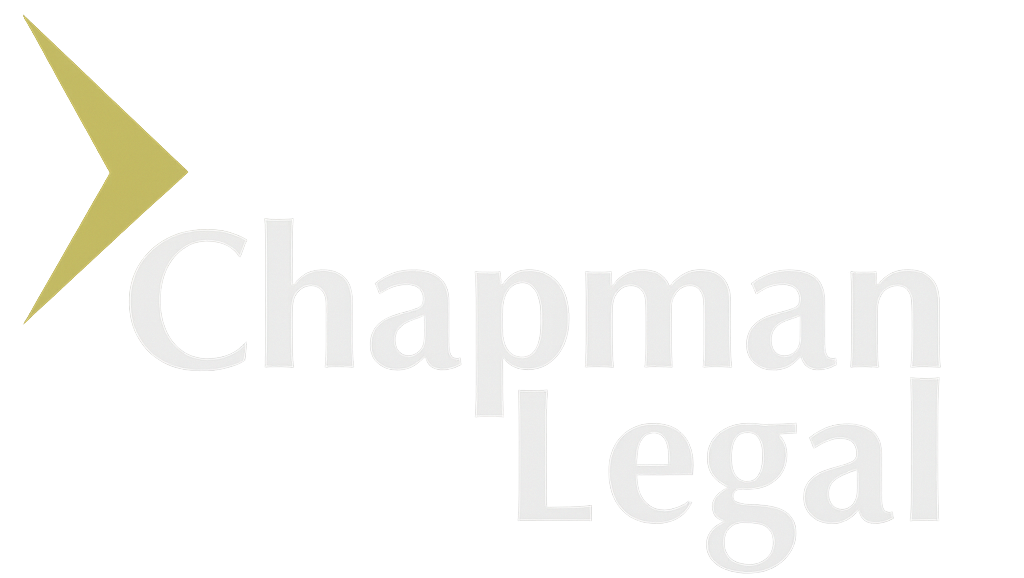2026 California Employment Law Update
As California employers prepare for the 2026 calendar year, a new wave of legal developments is set to reshape day-to-day compliance for employers, HR teams, and in-house counsel. While each January traditionally brings new obligations, 2026 is shaping up to be a year where even small oversights could carry outsized legal and financial risk, especially given California’s increasingly aggressive enforcement environment.
This overview provides high-level summaries only of the major changes coming into effect. More detailed, article-length guidance on each new requirement will be released by Chapman Legal in the coming weeks, including practical compliance steps, sample policy language, and employer checklists.
Because many of these laws interact with pre-existing statutes, agency regulations, or multi-state compliance frameworks, employers should take care to confirm how these changes apply to their specific workforce.
Below is the current outline of the 2026 updates. Additional items will be added as new laws, regulations, and agency guidance are finalized.
Key Legislative and Regulatory Updates for 2026
SB 513 – Personnel Records: This bill amends Labor Code § 1198.5 to expand the types of personnel records employees may inspect. Beginning October 11, 2025, employees’ inspection rights now expressly include education or training records.
SB 590 — Paid Family Leave Expansion to Designated Persons: California Paid Family Leave (PFL) will be expanded to allow employees to take leave to care for a “designated person”—defined as a person related by blood or whose association with the employee is the “equivalent of a family relationship.”
AB 858: Rehiring and Retention of Displaced Workers: Extends the expiration of recall and reinstatement rights for certain hospitality and service industry workers laid off due to COVID-19 to January 1, 2027.
SB 692: Employment Contract Repayment Prohibition: After January 1, 2026, it is unlawful to enter into employment contracts that include terms requiring an employee to reimburse an employer, training provider, or debt collector for debts triggered by separation of employment.
SB 617: CalWARN Notice Expansion: Effective January 1, 2026, SB 617 expands the information employers must include in their 60-day CalWARN notice prior to a mass layoff, relocation, or termination.
New California Civil Rights Council Regulations Regarding the Use of AI in Employment Decisions
SB 294: The Workplace Know Your Rights Act: This new law requires employers to annually provide a stand-alone written notice to employees regarding their rights, among other requirements.
SB 303: Bias Mitigation Training: Certain testing, assessment, or admissions of biases do not, by themselves, constitute unlawful discrimination
SB 464: Strengthening Pay Data Reporting Requirements: Employer pay data reporting procedures and requirements are increased.
SB 642: Strengthening Pay Equity Laws: The definition for “Pay scale” is revised to mean a “good-faith” estimate of the employee’s salary or hourly range at hire. Statute of limitations for civil actions is expanded.
AB 1514: Exemptions to ABC Test: Temporary exceptions for certain professions are extended.
SB 648: Employee Gratuities: SB 648 authorizes the Labor Commissioner to investigate and cite employers that illegally take or withhold employee gratuities, or to file civil actions enforcing gratuity protections.
SB 261: DLSE Enforcement of Wage Judgments: The DLSE is empowered with additional tools to collect wage theft judgments, including increased penalties and mandatory attorneys’ fees to ensure victims are paid promptly.
SB 477: FEHA Enforcement Procedure Revisions: Modifies certain FEHA enforcement procedures.
Conclusion
California’s 2026 employment-law landscape introduces new compliance responsibilities across nearly every area of HR administration, from personnel records and leave policies to AI-assisted decision-making, pay-equity standards, and wage-theft enforcement. While this update provides only a high-level summary of the major changes, detailed, topic-specific articles will follow in the coming weeks, each with practical guidance, policy recommendations, and action checklists tailored for employers operating in California.
As always, employers should evaluate these developments in the context of their specific workforce, industry, and multistate operations. If you need help assessing how these new requirements apply to your organization—or updating your policies, handbooks, or compliance procedures—feel free to reach out to Chapman Legal.

